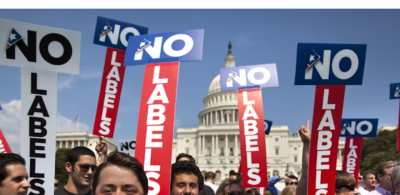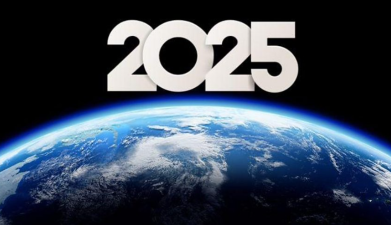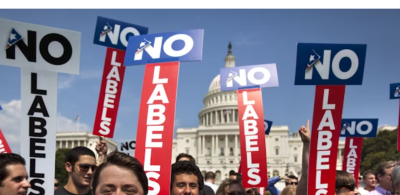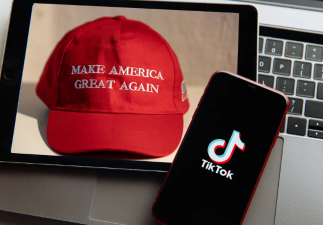The United States is a presidential country, but what is the purpose of the Electoral College system? To prevent the majority from tyranny? To protect state rights? None of them, but to protect the party machinery of the two major parties, the Democratic and Republican parties. On the surface, the members of the House of Representatives come from various constituencies and are the "representatives of the people" of the United States. There is no need for the majority of voters to reflect their will in the presidential election. The U.S. The Senate protects the state rights of each state. The terms of office of the two senators in each state are staggered, and the will of state voters in different time periods can be protected at different time periods.
The United States is a presidential country, but what is the purpose of the Electoral College system? To prevent the majority from tyranny? To protect state rights? None of them, but to protect the party machinery of the two major parties, the Democratic and Republican parties. On the surface, the members of the House of Representatives come from various constituencies and are the "representatives of the people" of the United States. There is no need for the majority of voters to reflect their will in the presidential election. The U.S. The Senate protects the state rights of each state. The terms of office of the two senators in each state are staggered, and the will of state voters in different time periods can be protected at different time periods.
The real state rights are protected by the governor through the order that the governor is not the president's subordinate to cooperate with the Senate. The U.S. presidential election retains the winner-takes-all rule of the Electoral College system (except for two states, but the "Senate districts" of the two states also take the winner, and each congressional district of the two states also takes the winner). The most important thing is actually the winner-takes-all order, because this order protects the hegemony of the two parties in the United States.

To understand why the United States has no third-party president, we have to start with the earliest "collapsed Internet celebrity" Federal Party in political history. In 1796, when Adams took the Federalist Party to the presidency, they were like a startup that had just received angel round financing: holding Hamilton's financial reform plan and the halo of "national elite". But this company made a fatal mistake - treating shareholder infighting as team building.
Founder Hamilton and CEO Adams played "Game of Thrones" every day. The plot of Hamilton's death in a duel with a political enemy in 1804 can be called a real-life version of "Breaking Bad" - except that he was not holding a drug formula, but the coffin nail of the Federalist Party. The last straw that broke the camel's back was that during the US-British War in 1812, the Federalist Party insisted on sending "love and peace cards" to Britain, but was sprayed by the public. This taught American politicians an important lesson: going against public opinion is more dangerous than arguing with Trump on Twitter.
The polls are more accurate in predicting the vote share of Democratic candidates, but less accurate in predicting the vote share of Republican and third-party candidates. The overestimated vote share of third-party candidates by the polls is approximately equal to the underestimated vote share of Republican candidates. However, in previous elections, the third party vote rate mainly affected the Democratic Party's vote rate.
It is expected that the third party vote rate in 2024 will be about 3%, slightly higher than 2020, but lower than 2024.
In the 2024 election, RCP's prediction will be more accurate overall than 538, and RCP's prediction is more accurate than the 2020 election.
The next reform direction of polls should be the third party vote rate, but it is very difficult to sample third party voters at the order of 1,000 polls. The third party vote rate can be estimated based on the popularity of the Internet platform and the degree of offline organization.














